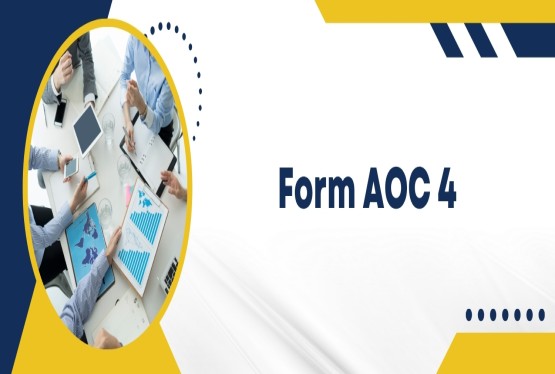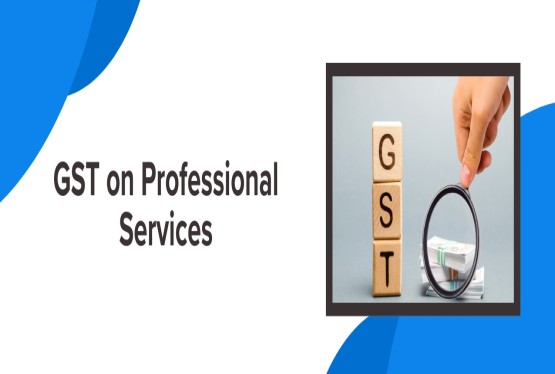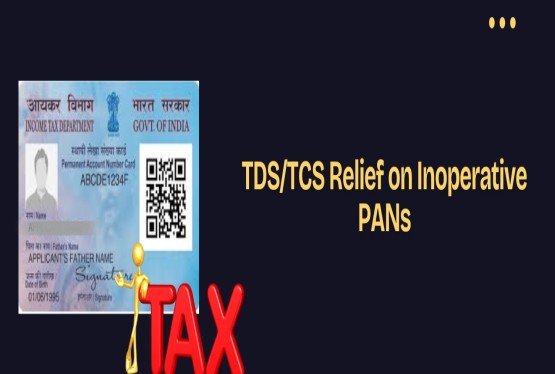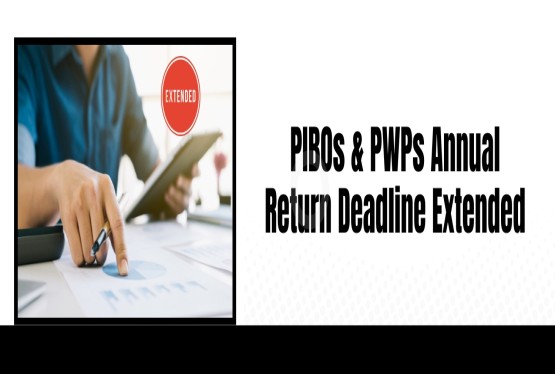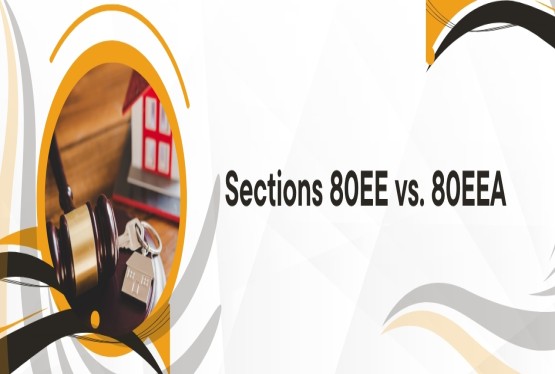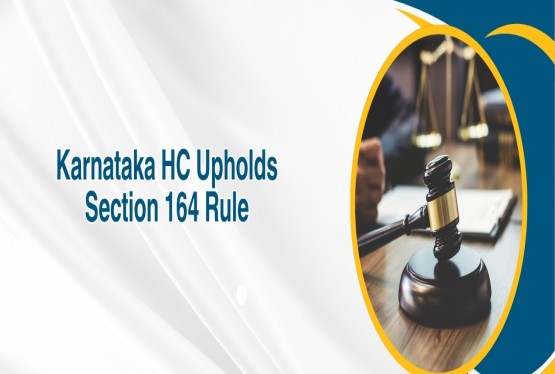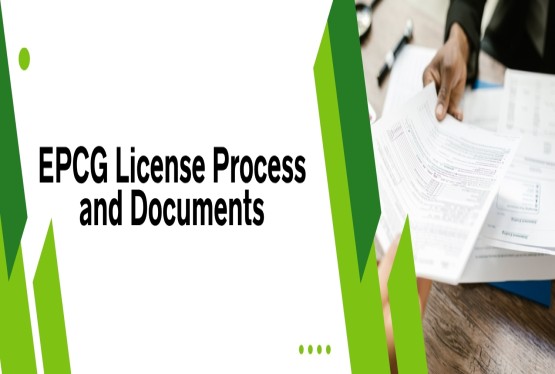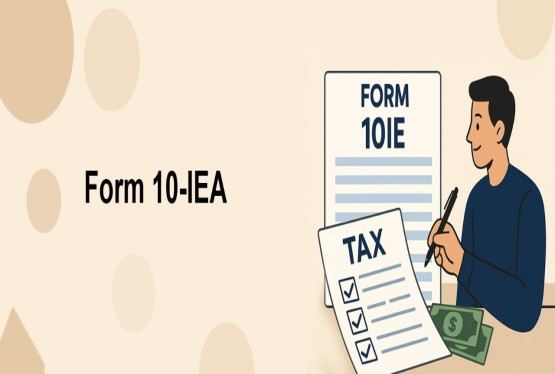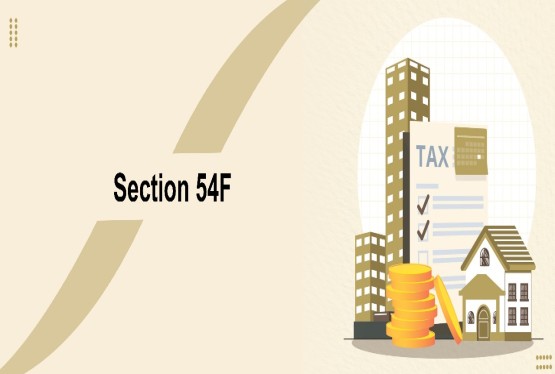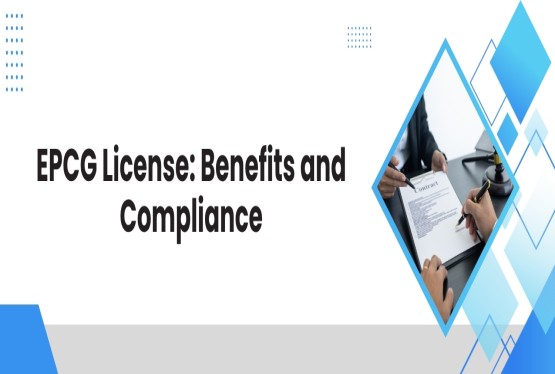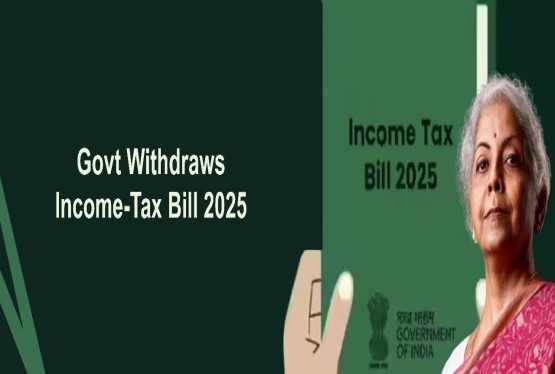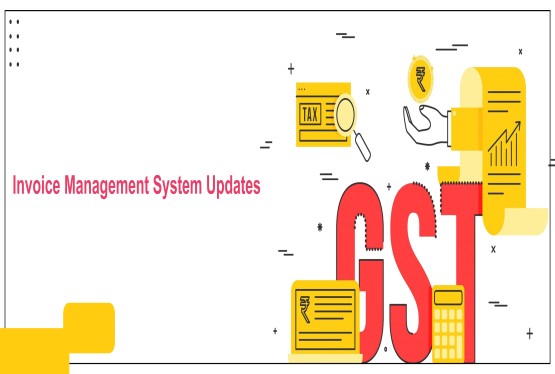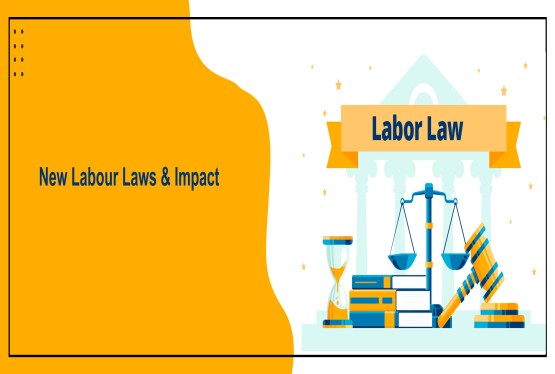An Encumbrance Certificate (EC) is one of the most important legal documents when it comes to buying, selling, or even applying for a loan on a property. Whether you are a first-time homebuyer, a seller looking to transfer ownership, or someone seeking a home loan, understanding the significance of the Encumbrance Certificate is necessary to ensure smooth and transparent property transactions. This document not only safeguards your rights but also provides assurance that the property in question is free from financial or legal burdens. In this detailed article, we will explore what an Encumbrance Certificate is, why it is required, the types of EC, how you can apply for it both online and offline, how to check its status, how to download it, and why it is beneficial for both buyers and sellers.
What is an Encumbrance Certificate (EC)?
The Encumbrance Certificate is a legal document issued by the sub-registrar’s office that records all transactions linked to a property. The term ‘encumbrance’ refers to any legal claim, financial burden, mortgage, or pending dues attached to the property other than the rights of the actual owner. The Encumbrance Certificate ensures that the property is free from these liabilities.
If you are planning to buy a plot, flat, or land, the Encumbrance Certificate tells you whether the seller holds the full right to sell the property. It lists out the history of the property, including all registered transactions such as sales, leases, mortgages, or legal claims. Without this certificate, you run the risk of buying a property tied to hidden liabilities, which can cause financial and legal problems in the future.
Purpose of Encumbrance Certificate
The Encumbrance Certificate serves several key purposes that are important for both property buyers and sellers.
-
It acts as legal proof that the land or property is free from any encumbrances. This is essential when applying for a home loan or a loan against the property because banks or financial institutions require assurance that the asset has no other claims against it.
-
When you apply for mutation of property, which includes khata transfer or khata registration, the Encumbrance Certificate plays an important role. Mutation updates the property records in the local municipal or panchayat office, and the EC serves as the supporting document to complete this process.
-
It helps update the tax records of the property, especially if property taxes have not been paid for three or more years. The local authorities require the Encumbrance Certificate to verify ownership before making any changes to tax records.
-
The EC is needed if you want to withdraw money from your Provident Fund (PF) account to purchase property, as it validates that the property you are investing in is free from legal or financial risks.
Types of Encumbrance Certificates
There are two main types of Encumbrance Certificates that you should be aware of: Form 15 and Form 16.
-
Form 15 is a detailed EC that lists all registered transactions related to the property over a specified period. This includes details of previous sales, mortgages, legal claims, leases, or any other registered encumbrances. Even if previous encumbrances have been cleared, Form 15 will reflect the complete transaction history. It helps buyers understand if there were any past claims, providing a full picture of the property’s financial and legal background.
-
Form 16, also called NIL EC, is issued when no registered transactions or encumbrances are found for the specified period. It certifies that the property is free from any liabilities or legal claims, offering the buyer confidence that the title is clear and the property can be purchased safely. Both forms serve different but equally important purposes, and knowing which one applies to your situation is essential.
How to Get an Encumbrance Certificate? - (Offline Process)
Getting an Encumbrance Certificate offline is a straightforward process, although it requires visiting the sub-registrar’s office.
-
First, you need to visit the sub-registrar’s office where the property has been registered. This is the only office authorized to issue the EC, as it holds all records related to property transactions in its jurisdiction.
-
Once there, you must obtain the EC application form from the office counter. Fill out the form carefully with all required details, including your name, property details, and contact information. Along with the form, you must attach the necessary documents such as identity proof, address proof, a copy of the property’s registration documents, and a non-judicial stamp paper.
-
After submitting the completed form and documents, you need to pay the prescribed application fee. This fee varies from state to state and can depend on the period for which the EC is requested. Once your application is accepted, the office will process your request, and you can collect the Encumbrance Certificate once it is ready.
How to Apply for an Encumbrance Certificate? - (Online Process)
Many Indian states now provide online services to apply for an Encumbrance Certificate, saving time and effort. States like Karnataka, Kerala, Tamil Nadu, Telangana, Andhra Pradesh, and Uttar Pradesh have digital property registration portals where applications can be submitted.
To apply online, visit the official property registration portal or the respective state registration department’s website. You will need to create a new user account by selecting the ‘Register as new user’ option and filling in the required details. Once registered, log in using your credentials and navigate to the ‘Services’ tab. Select the ‘Online EC’ option, where you can choose the period for which you need the EC.
Carefully fill in the application form, providing all the necessary property details and uploading the required documents. After submitting the form, pay the application fees through the portal’s secure payment gateway. Once the process is complete, the department will review your application and provide the Encumbrance Certificate online, which can later be downloaded.
How to Check Encumbrance Certificate Status?
Checking the status of your Encumbrance Certificate application is important so you know when it is ready for collection or download. To check the status, go to the same property registration portal or state registration department website where you submitted your application.
Log in using your valid credentials and look for the ‘Application Status’ or ‘Track Application’ option on the dashboard. Enter your application number and submit the request. The system will then display the current status of your EC application, letting you know whether it is under processing, approved, or ready for download. This feature saves you from making multiple trips to the sub-registrar’s office or making unnecessary phone calls.
How to Download an Encumbrance Certificate?
Once your Encumbrance Certificate application is approved, you can easily download the certificate from the online portal. Go back to the state’s property registration portal and log in using your credentials. On the dashboard, find the ‘View/Download Encumbrance Certificate’ option.
Provide the necessary details such as the property’s survey number, document number, and any other information requested by the system. Make sure to pay any applicable fees if required. After completing these steps, you can view and download a certified copy of your Encumbrance Certificate, which can be printed or saved for your records.
Viewing and Verifying an Encumbrance Certificate
Verifying your Encumbrance Certificate ensures that all details are accurate and match the property’s actual status. To do this, log in to the property registration portal and navigate to the ‘View Encumbrance Certificate’ option. Provide the necessary details, such as the property’s registration number and other relevant information, and submit the request.
The system will display the EC details, allowing you to cross-check the ownership, transaction history, and encumbrances. If you find any discrepancies, you should immediately approach the sub-registrar’s office to rectify them. Verifying the EC is a key step before finalizing any property transaction to avoid future disputes.
Encumbrance Certificate (EC) Sample
A typical Encumbrance Certificate contains detailed information about all transactions related to the property. It includes the names of the previous and current owners, the nature of each transaction (sale, mortgage, lease), registration details, document numbers, and dates of each registered transaction.
The certificate also indicates whether the property has any pending loans, mortgages, or legal claims. If you are a buyer, this document provides you with complete transparency and confidence that the property you are purchasing is free of hidden liabilities. If you are a seller, it acts as proof that you hold a clear title, making the sale process smoother.
Benefits of Encumbrance Certificate for Buyers
For property buyers, the Encumbrance Certificate offers peace of mind by ensuring that the property they are about to purchase is free from any legal or financial claims. It assures that there are no outstanding loans, legal disputes, or mortgages tied to the property, making the investment safe. The EC also plays an important role in loan approvals, as banks and financial institutions require this document before approving home loans or loans against property. Without an EC, buyers may face delays or even loan rejection. Additionally, the EC helps buyers verify the complete ownership history, ensuring that the seller has the legal right to sell the property.
Benefits of Encumbrance Certificate for Sellers
For sellers, the Encumbrance Certificate strengthens their credibility in the eyes of potential buyers. A clear EC reassures buyers that the property has no hidden liabilities or disputes, making the sales process faster and smoother. It helps build trust between the seller and the buyer, reducing the chances of the deal falling through due to legal complications. Moreover, the EC also serves as proof of ownership and a valid legal document that supports the seller’s claim to the property. Sellers who provide a valid EC are more likely to attract serious buyers and command better offers, as buyers prefer properties with clear legal standing.
Conclusion
The Encumbrance Certificate (EC) is a fundamental document that plays a crucial role in ensuring transparent, secure, and reliable property transactions. Whether you are buying, selling, or applying for a loan, having a valid EC protects you from potential legal and financial risks. With both offline and online application processes available in many states, obtaining an EC has become more accessible than ever. Always make sure to check and verify the EC carefully before finalizing any property deal, as it safeguards your investment and protects your legal rights. By knowing about the meaning, types, application process, and benefits of the Encumbrance Certificate, you can confidently navigate the complex world of property transactions in India.
Frequently Asked Questions (FAQs)
Q1. What is an Encumbrance Certificate (EC), and why is it important?
Ans. An Encumbrance Certificate is an official document that verifies a property's ownership and confirms whether it is free from legal or financial liabilities (like mortgages, loans, or legal disputes). It is essential for property buyers, sellers, and loan applicants to ensure a clear and marketable title.
Q2. How can I apply for an EC online?
Ans. You can apply for an EC online via your state’s official property registration portal. Typically, the process involves creating an account, filling out Form 22 with property and transaction details, uploading required documents, paying the applicable fee, and tracking the application status. Once processed, the EC can be downloaded and printed.
Q3. What is the difference between Form 15 and Form 16?
Ans. Form 15 (Encumbrance Certificate) is issued when there are recorded transactions (e.g., sales, mortgages) on the property during the specified period. Form 16 (Non-Encumbrance or Nil-Encumbrance Certificate) indicates that no such transactions were recorded during the search period, confirming a clear title.
Q4. What documents are needed to obtain an EC?
Ans. The essential documents include:
- Proof of property registration
- Property and possession deed details
- Title deed or sale deed
- ID and address proof of the applicant
- Reference letter of authority (if applying on behalf of someone)
- Duly filled Form 22
Q5. How long does it take to get an EC, and what are the fees?
Ans.
- Online ECs: Typically processed within 2–3 working days.
- Offline ECs: Can take 15–30 days, depending on the state.
Fees vary by state, ranging from 100 to Rs.500 based on the number of years searched and the location.

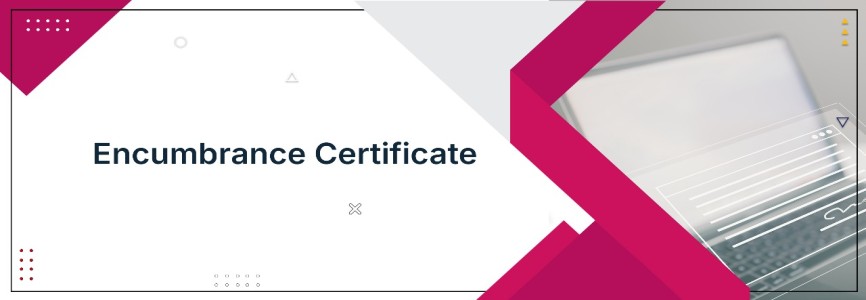






_crop10_thumb.jpg)




































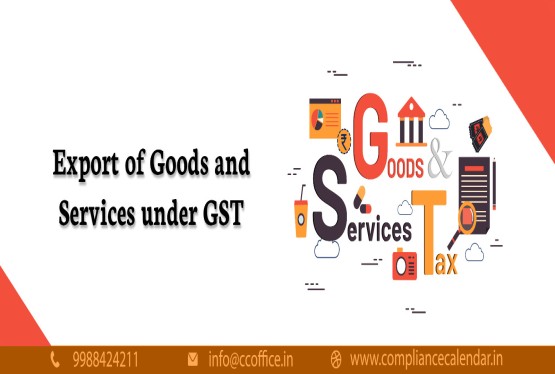













































_for_FY_2025-26_crop10_thumb.jpg)



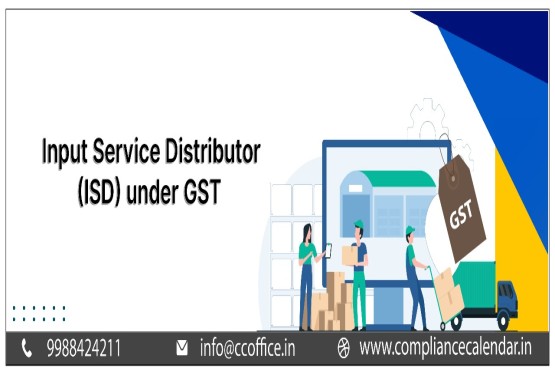








_learn_crop10_thumb.jpg)








_Filing_Due_Dates_for_FY_2024-25_learn_crop10_thumb.jpeg)
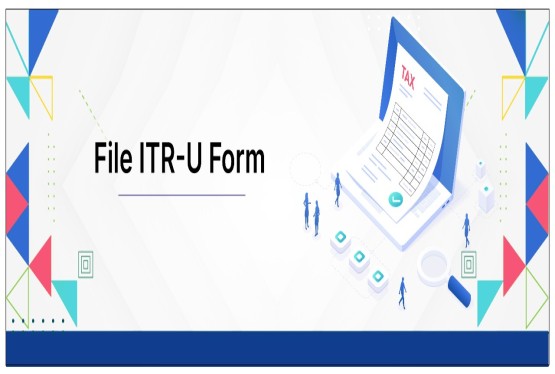
























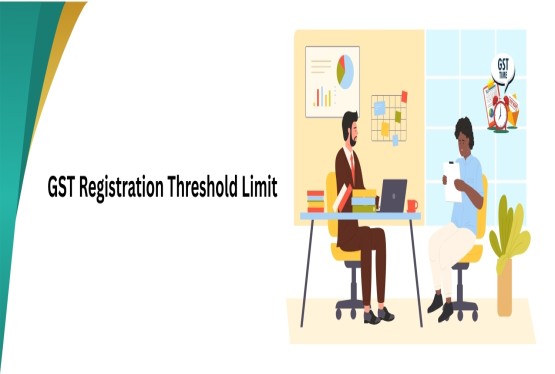
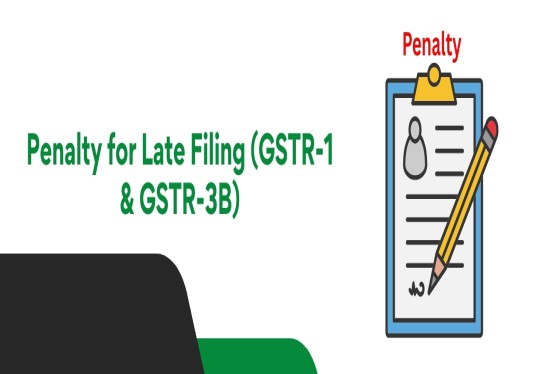












_of_GST_Act_learn_crop10_thumb.jpg)










_Under_GST_learn_crop10_thumb.jpg)









_crop10_thumb.jpg)


_crop10_thumb.jpg)






_learn_crop10_thumb.jpg)






















_of_the_Income_Tax_Act_learn_crop10_thumb.jpg)



_learn_crop10_thumb.jpg)
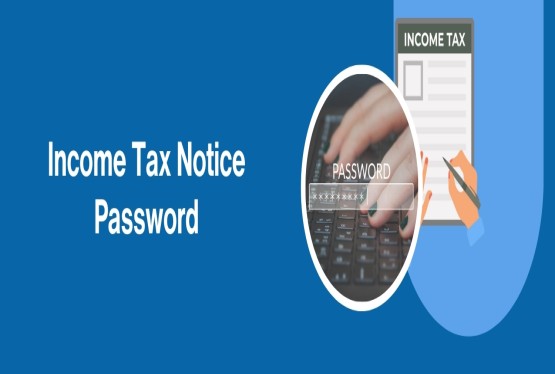





_learn_crop10_thumb.jpg)






_crop10_thumb.jpg)



















_in_The_Income_Tax_Act,_1961_learn_crop10_thumb.jpg)



_learn_crop10_thumb.jpg)



_of_the_Income_Tax_Act_learn_crop10_thumb.jpg)

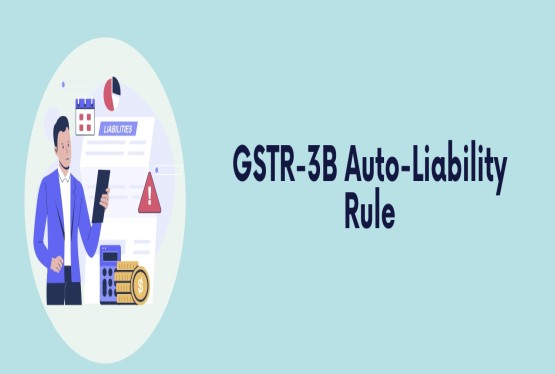
_Of_Income_Tax_Act_learn_crop10_thumb.jpg)








_learn_crop10_thumb.jpg)








_learn_crop10_thumb.jpg)
_crop10_thumb.jpg)

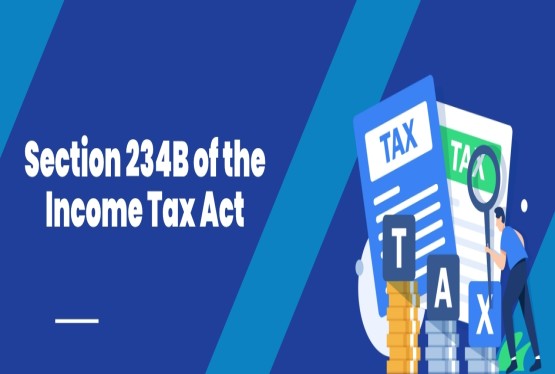




















_learn_crop10_thumb.jpg)
_for_Import_and_Export_learn_crop10_thumb.jpg)









